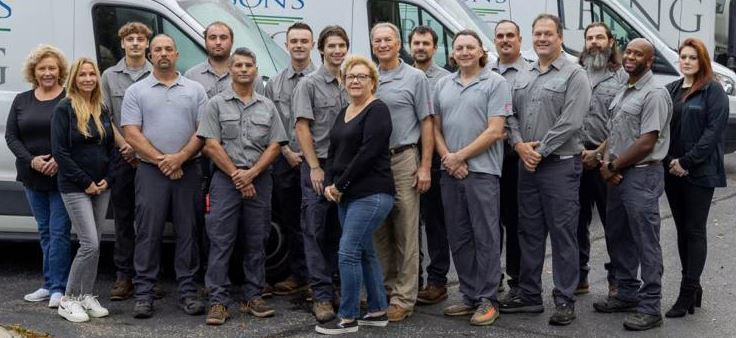We hope that everyone has a Merry Christmas 2021!
News
Putman & Sons Plumbing Wishes You a Happy Thanksgiving
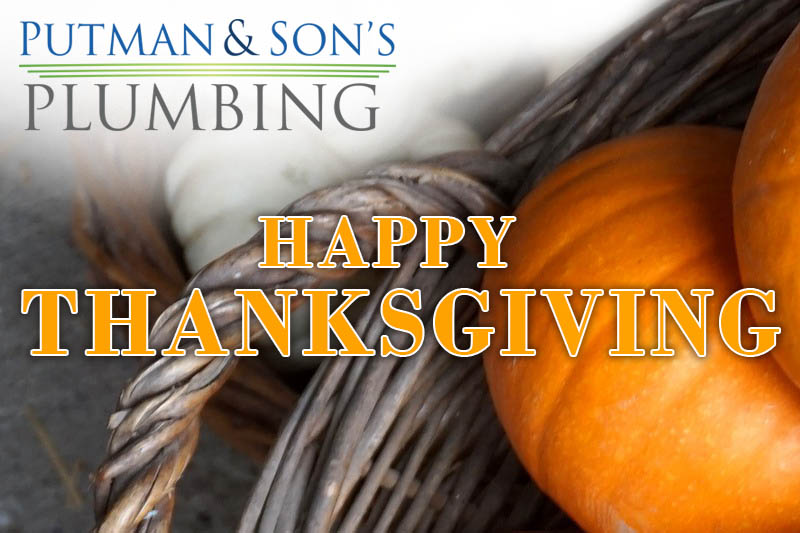
Backflow Preventer Valves
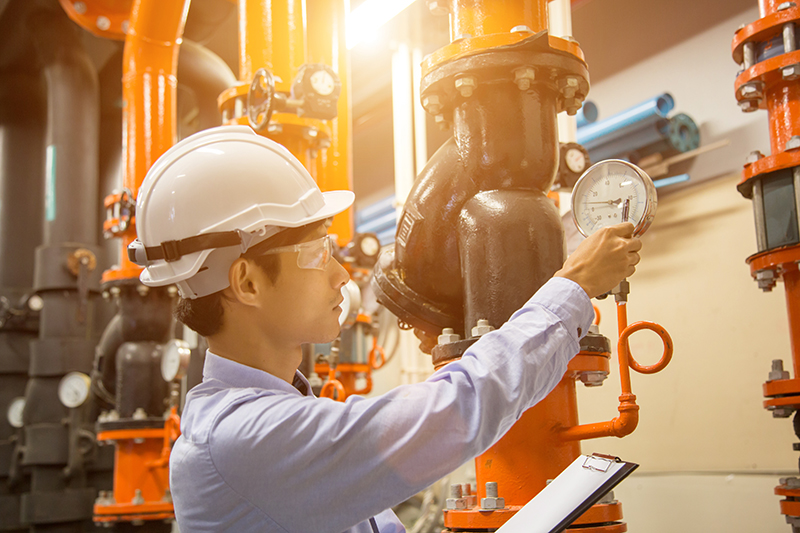
If you have ever experienced sewage entering your home, you know the time and money needed to get your house back to normal. Luckily, a small flap in your pipes can prevent the issue before it ever occurs.
A backflow valve works to prevent contamination to the water supply and. Backflow preventer valves ensure that water flows in one direction and that the clean water supply is not contaminated, meaning water is not allowed to flow back into your home. Usually located in the basement floor, you’ll want to ensure that a backflow valve is installed and properly working should you move into a new home.
Many homes built after the 1980s will have a valve already installed. If your home is not currently outfitted with a backflow preventer valve, consider reaching out to our team to have one installed. This quick addition to your home will save you time and money in the long run, especially if your area is prone to heavy rain and flooding.
When the valve is in the “open” position, water is free to flow from your home to the outside, keeping the pipes free and clear. Should any water flow back in the other direction, the valve will close.
During periods of heavy rainfall and potential flooding, the preventer valve will ensure that water does not make its way back into your home. A flap within the pipe will stop the water from flowing in, preventing sewage and rainwater from coming back up into your drains and avoiding any flooding.
Be sure to keep the pipes clean surrounding your preventer valve, removing debris to ensure the flap can move freely. Use water to flush out any debris if necessary. It is helpful to wear gloves and protective eyewear during the maintenance and securely close up the valve when completed.
Our team recommends annual backflow testing and is ready to help you conduct yours. We are certified in backflow testing, meaning you can trust that everything is working as good as possible after our visit. This is a quick test, and we will work efficiently to make sure everything is running as expected. Schedule your maintenance today.
Winter Plumbing Tips
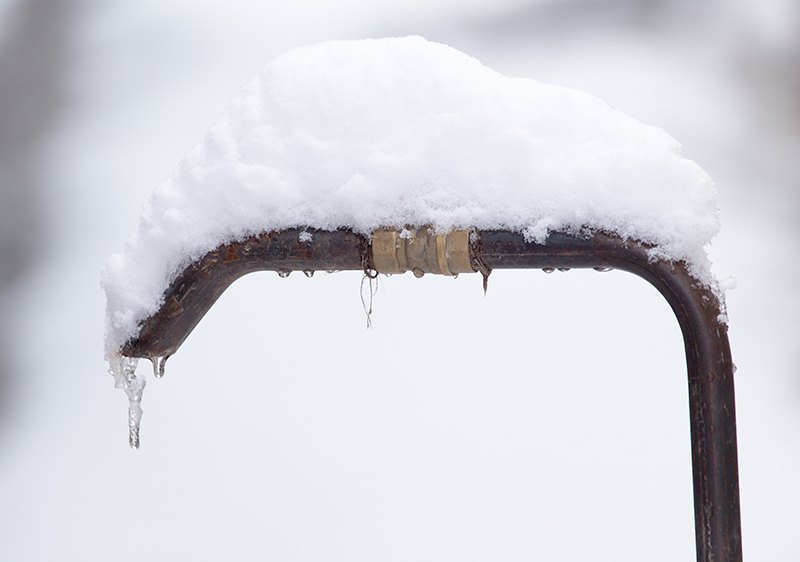
Winter is fast approaching, and it is time to get your house in order. Once you complete your home decor, preparing your plumbing should be next on the list. At Putman and Sons we have a few fixes that we recommend to our customers to ensure their plumbing is ready for cold temperatures.
Turn Off Outdoor Faucets
Be sure to drain and turn off all outdoor faucets. This quick act helps prevent any water from freezing in the pipes leading to a pipe burst. You will want to remove any hoses or connections and store them elsewhere. Make sure to verify that there is no water left in the pipes by turning the faucet to full strength and then turning it off completely.
Check The Water Heater
Maintenance is important all year round, but a failed water heater is even more unfortunate during the colder months. Give Putman and Sons a call to schedule maintenance on your water heater before the temperatures drop. Our team will ensure it is running effectively and identify any potential issues and conduct any necessary repairs.
Insulate Your Pipes
Insulate any cold pipes before the cold weather hits. Consider wrapping any outdoor pipes or those in poorly insulated areas to avoid bursting. Check your attic or crawl spaces for any pipe that should be wrapped.
Check for Leaks
Before the snow falls, take a look around the exterior of your home. Check for any cracks or existing leaks. You’ll want to seal up any cracks to ensure that cold air cannot get in. The team at Putman and Sons is well-versed in preparing your home for the cold weather. We are ready to visit your home and take a look at the best ways to ensure plumbing safety during the winter. Give us a call today.
Honoring Our Heroes
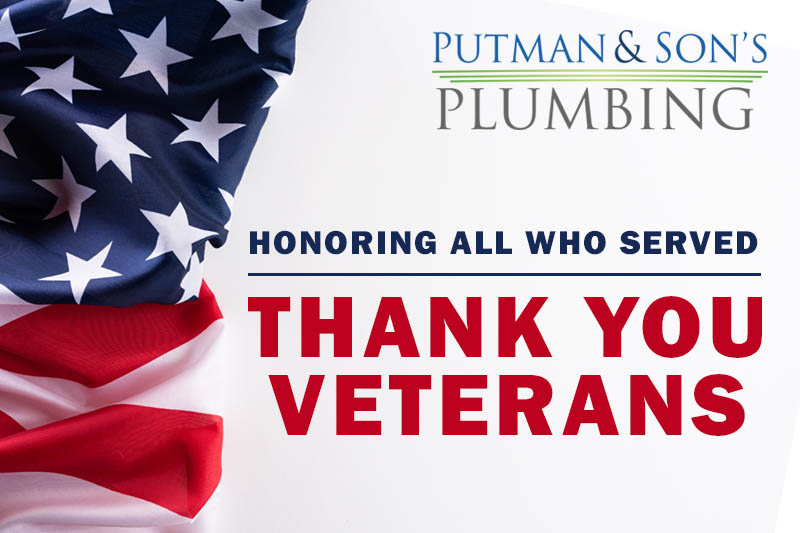
Tankless Water Heaters
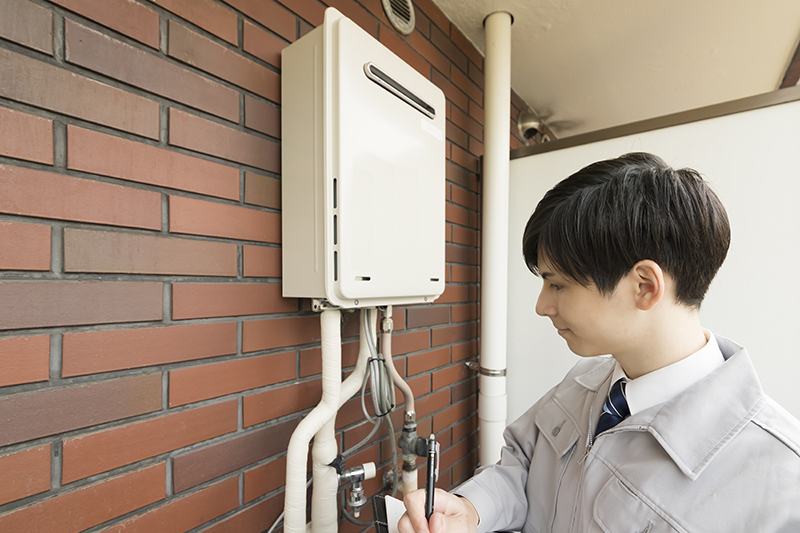
- Water is turned on in a shower or faucet
- Flame ignites
- Coldwater flows through a heating element using either a gas or electric method.
- The desired temperature is met and maintained as the water reaches its destination.
- Usage complete
- Water stops flowing, and the flame turns off
